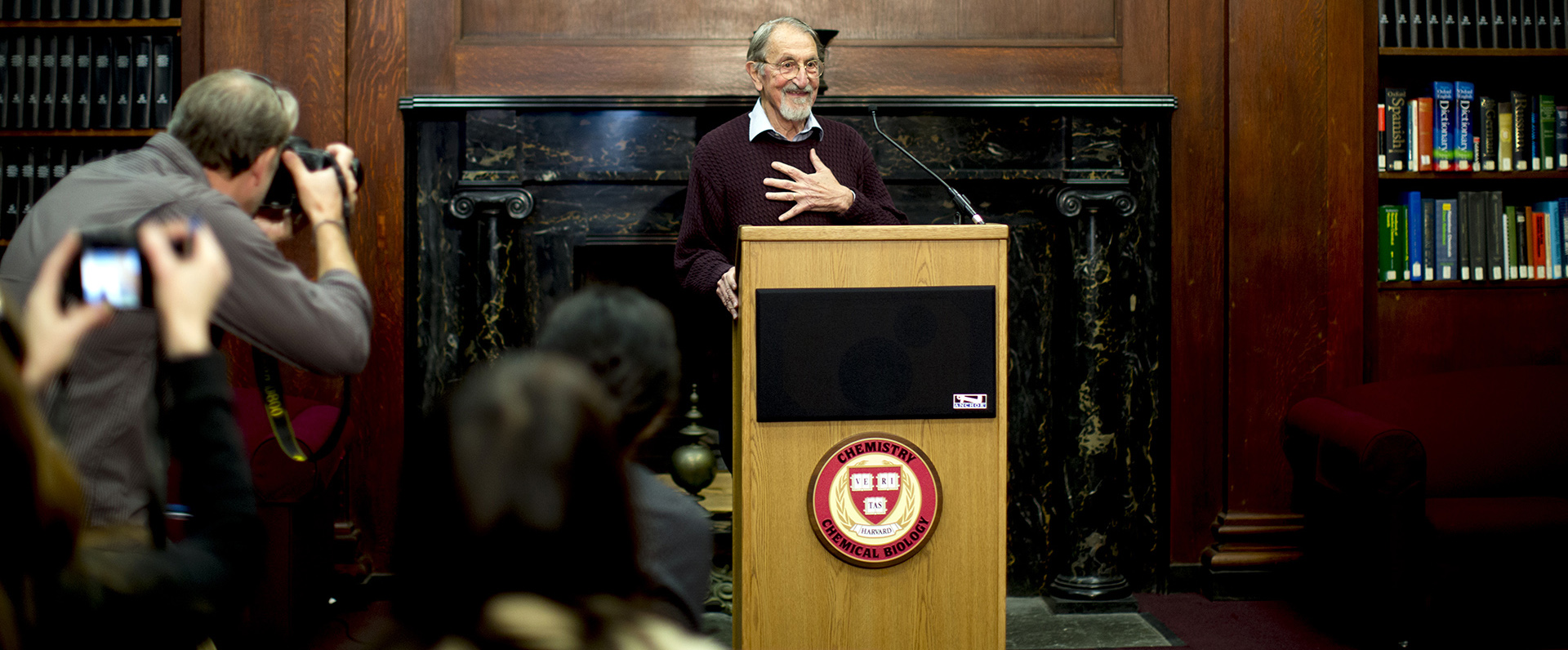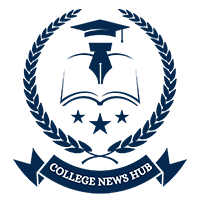A large within the discipline of theoretical chemistry, Martin Karplus was famend for remodeling our understanding of molecular methods, his groundbreaking work in computational modeling, and his contributions to molecular dynamics simulations. He may even be warmly remembered for his mentorship and his devotion to advancing theoretical chemistry analysis and training internationally.
“Karplus made theoretical chemistry a professional discipline of chemistry,” mentioned Eugene Shakhnovich, a former postdoc in Karplus’ lab who’s now the Roy G. Gordon Professor of Chemistry within the Division of Chemistry and Chemical Biology. “His work confirmed that by doing computational work, with out experiments, one can achieve nice insights and assist experimentalists not solely perceive but in addition predict outcomes.”
Karplus, the Theodore William Richards Professor of Chemistry, Emeritus, was a member of the Nationwide Academy of Sciences, the American Academy of Arts & Sciences, and a overseas member of the Netherlands Academy of Arts & Sciences and the Royal Society of London. He acquired many honors and awards over his lengthy profession, together with the Nobel Prize in chemistry. Karplus handed away Dec. 29 in Cambridge on the age of 94.
From the archives
-
‘I had the conviction that my concepts have been appropriate’
Interview with Nobel Prize winner Martin Karplus as a part of the Expertise collection.
Born right into a Jewish household on March 15, 1930, in Vienna, Karplus’ childhood was interrupted by the rise of the Nazi regime, which pressured his household to flee following the Anschluss in 1938. Their refugee journey took them by Switzerland and France earlier than they reached the U.S.
Settling in Higher Boston, Karplus pursued his undergraduate diploma at Harvard, graduating in 1951. He earned his Ph.D. on the California Institute of Know-how in 1953 below the supervision of Linus Pauling, one of many founders of the fields of quantum chemistry and molecular biology. Pauling, who acquired the Nobel Prize in chemistry in 1954, acknowledged Karplus’ expertise and potential, describing him as “my most sensible pupil.”
Upon incomes his doctorate, Karplus accomplished a postdoctoral fellowship at Oxford earlier than becoming a member of the college on the College of Illinois Urbana-Champaign, the place his analysis on molecular construction led to the formulation of the broadly taught “Karplus equation,” a elementary precept relating molecular construction to nuclear magnetic resonance information. He moved to Columbia College in 1960, engaged on chemical response dynamics with early digital computer systems to interrupt new floor.

Karplus addresses the media after successful the Nobel Prize in chemistry in 2013.
Harvard file photograph
In 1966, Karplus returned to Harvard as a tenured professor, a place he held for greater than 5 many years. Right here, he utilized the basic legal guidelines of physics and chemistry to proteins and macromolecules, envisioning strategies to know life processes.
“Martin was an awesome unifier of physics, chemistry, and biology, showcasing his broad affect throughout a number of scientific disciplines,” mentioned James Anderson, Philip S. Weld Professor of Atmospheric Chemistry and a longtime colleague. “Historical past will make clear the truth that he was the spine of quantum mechanics throughout its flowering years, from an evaluation of the hydrogen atom all the way in which to the formation of molecules, molecular constructions, and the way in which by which molecules change their construction throughout a chemical response.”
“Martin was an awesome unifier of physics, chemistry, and biology.”
James Anderson, Philip S. Weld Professor of Atmospheric Chemistry
Karplus made seminal contributions within the discipline of molecular dynamics, the place he developed simulations that allowed researchers to visualise and predict the movement of molecules in advanced methods. In 1983, Karplus and his co-authors developed the broadly used software program program Chemistry at HARvard Macromolecular Mechanics to simulate organic interactions throughout a variety of situations. Karplus’ improvements remodeled the research of chemical reactions and protein folding.
Having lengthy dreamed of working in France, Karplus joined the college on the College in Strasbourg, splitting his time between there and Cambridge. In 2013, Karplus, alongside Michael Levitt and Arieh Warshel, was awarded the Nobel Prize for “the event of multiscale fashions for advanced chemical methods.”
Along with his important analysis, Karplus was a devoted educator who sought to show chemistry to college students at totally different ranges throughout greater training. His textbook “Atoms and Molecules” has been a mainstay in undergraduate bodily chemistry programs for years. He additionally fostered a sturdy and worldwide community of students who studied in his lab, offering each skilled and private assist. Shakhnovich, who was born and skilled within the Soviet Union, recalled Karplus’ heat reception when he got here to the U.S. in 1990.
“Martin was first particular person I noticed in america, as a result of he was type sufficient to come back to the airport to choose up me and my household,” Shakhnovich mentioned. “His assist on the very starting of my profession on this nation was completely essential and instrumental.”
Stated Anderson of Karplus’ international affect: “His postdocs, graduate, and undergraduate college students are discovered on the college of nearly each main college in america and Europe. That’s a legacy that speaks for itself, reflecting his profound affect in academia worldwide.”
Dan Kahne, Higgins Professor of Chemistry and Chemical Biology and chair of the Division of Chemistry and Chemical Biology, recalled Karplus’ pioneering analysis as pivotal.
“He was means forward of his time, anticipating the significance of the organic instruments he was creating to deal with protein dynamics and folding lengthy earlier than anybody else did,” Kahne mentioned.
Karplus is survived by his spouse, Marci; son, Mischa; daughters Reba and Tammy; and granddaughter, Rachel.






























































